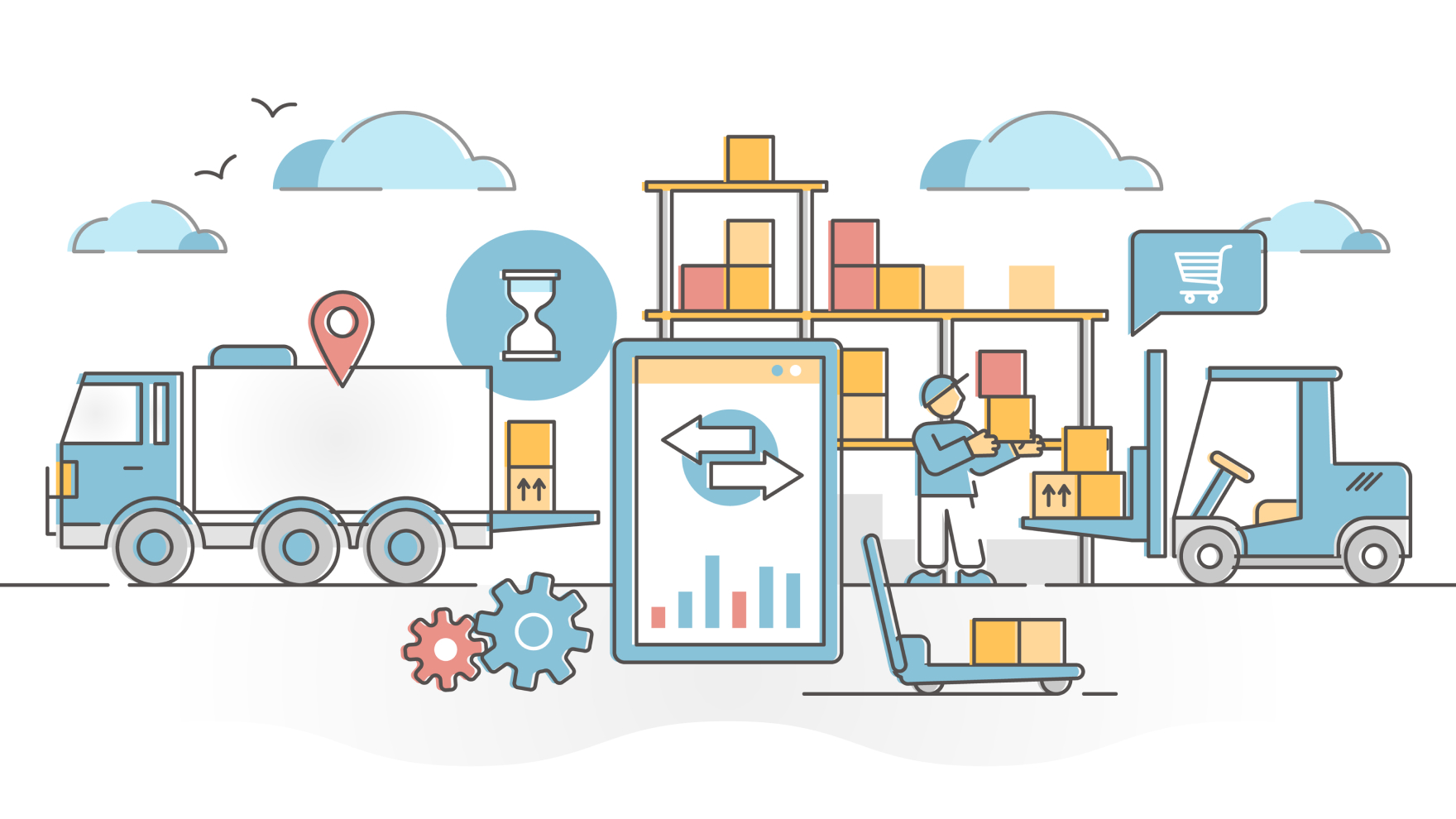Solving Order Management Doesn’t Have to Be a Mystery

Since the COVID-19 pandemic, the complexity of consumer packaged goods supply chains has only continued to increase.
E-commerce reached a tipping point during the pandemic as a host of categories saw digital sales grow to new heights. Omnichannel retail is now the norm, direct-to-consumer is still growing, and a host of rapid peer-to-peer delivery services like Instacart, Uber Eats, and Gopuff are also disrupting the marketplace.
BCG experts Michael Hu, Thomas Kock Kingombe, and Arnold Kogan describe the challenges this transformation has created:
For decades, CPGs designed their retail supply chains for full trucks and full pallets. Goods left their distribution centers, destined first for the retailer’s distribution center and then for retail stores. Today, the last mile is the responsibility of the retailer, the peer-to-peer delivery startup, or even the CPG. Thus, in a relatively short period, companies have gone from a few deliveries per week to a handful of retailer distribution centers to almost daily deliveries to hundreds of fulfillment centers and dark stores.
It’s no mystery why this shift has caused issues. CPG supply chains were built in an era of globalization, free trade, and lean manufacturing, and it’s difficult to make radical change quickly. At the same time, a series of supply chain disruptions – the pandemic, natural disasters, and geopolitical events – have highlighted supply-chain weaknesses.
The Old Ways Aren’t Enough
Companies are looking for new answers as they plan, forecast, and operate their supply chains. Simply streamlining existing business processes isn’t enough. In today's complex, multipolar global networks, in order to fulfill demand at the level that customers expect, CPG manufacturers need to process more data than ever before and act on decision-making opportunities at a faster pace.
But identifying the right adjustments to deal with today’s order management challenges is difficult. The only way for CPG companies to evolve is by adopting faster augmented or automated decision making processes.
However, even as they try to adapt, today’s workforce has fewer experienced decision makers available to resolve issues because of the Great Resignation and its impact on labor markets. The store of institutional knowledge that companies have been able to count on is being depleted.
The Answers to Operational Challenges
Today, order management teams are presented with an ever-increasing amount of information and shorter timeframes for important decisions to be made. They often lack the tools or the time to model different scenarios and make the best decisions at the moment of impact.
How can your company transform the workload for customer service teams so they can focus on high-priority decisions, secure in the knowledge that there won’t be a backlog of other issues piling up? And, how will your company make sure that changes in other parts of the organization are being fully considered as you make those decisions – avoiding or minimizing issues that impact on-time delivery?
Many ERP systems offer integration and information needed within standard, defined processes, but there are other internal challenges that they cannot solve for:
- How to allocate/reallocate lower quantities of available stock to open customer orders – and, how to record these decisions so that they can be considered next time
- How to deal with unplanned maintenance downtimes, production yield issues, swings in product costing, or a targeted change in the product mix that impacts your order management process or strategy
- How to reschedule transportation loads to ensure orders can be fulfilled
- How to dynamically adjust transportation planning and schedules to adhere to (or beat) emissions targets
- How to manage order fulfillment when a promotion campaign generates risks of shortages
- How to run scenarios to achieve targeted service levels that take into account driver shortages, container shortages, or customs delays
By aggregating data across the enterprise, and applying intelligence and automation, Aera Decision Cloud™ makes recommendations to address these types of issues. CPG companies in particular can benefit from high-level recommendations that optimize order management objectives against complex, interrelated constraints and real-time data.
Watch our on-demand webinar "Delivering on CPG Brand Promises with Decision Intelligence" to learn how Aera is helping global CPG companies achieve greater agility and resilience.






